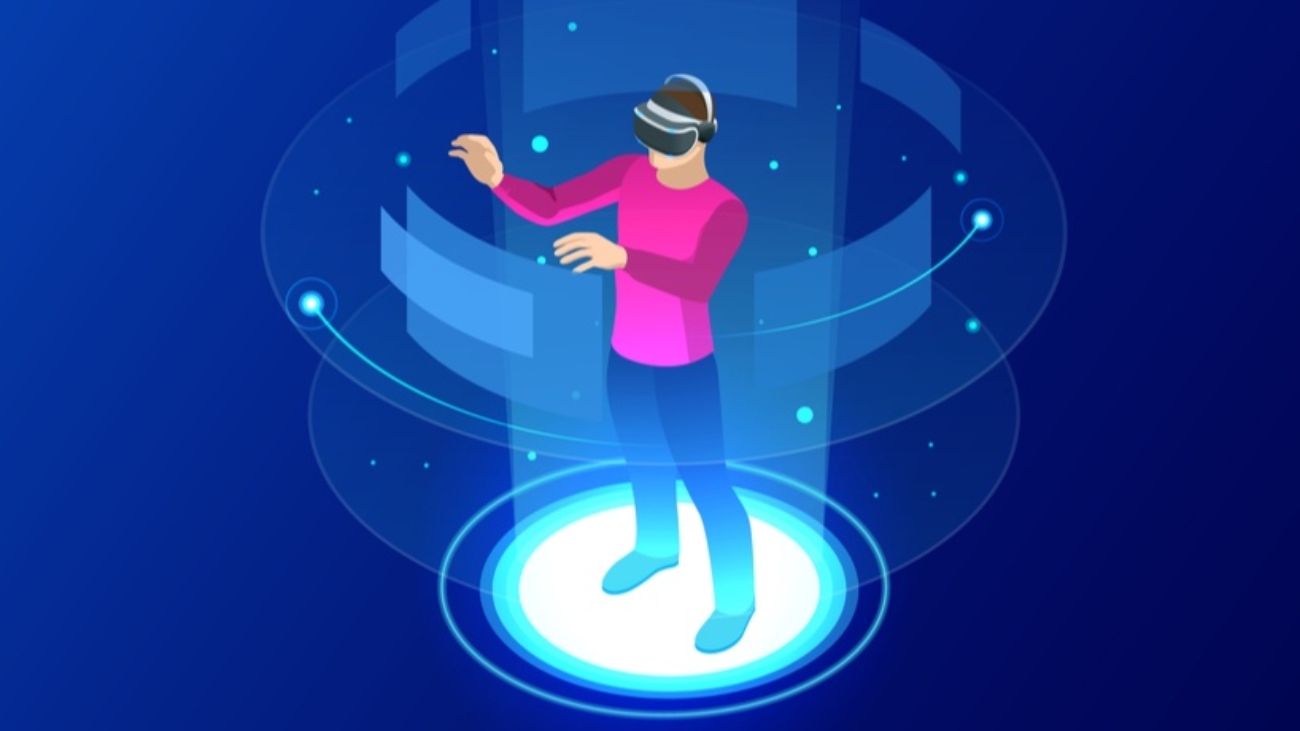
5 Incredible Benefits Of AI In eLearning
Artificial Intelligence (AI) in eLearning
has been a game changer in recent years, with benefits that range from
personalized learning experiences to improved accessibility. These
benefits include personalized learning experiences, enhanced
accessibility, improved grading and assessment, detection and prevention
of cheating, and faster learning. We will also look at what the future
holds for AI in eLearning, and discuss three major areas where it could
have an impact: increased flexibility and adaptability, improvements in
learning analytics and data-driven insights, and further personalization
of learning experiences. By the end of this article, you will have a
better understanding of the potential of AI in eLearning and its
benefits, for both learners and educators alike.
Understanding AI In eLearning
As the field of eLearning continues to
grow, so does the role of Artificial Intelligence in facilitating it.
The use of AI provides some key advantages that are changing the way we
approach online learning. By personalizing and adapting learning
experiences for individuals, automating grading, analyzing data for
insights, and providing interactive engagement through chatbots or
virtual assistants, the benefits of AI in eLearning are becoming
increasingly apparent. In this section, we will delve deeper into what
AI offers to the world of online education.
1. Personalized Learning With AI
Personalized learning is a crucial aspect
of eLearning, and AI has revolutionized it. With AI algorithms analyzing
data from learners’ interactions with the platform, personalized
learning has become more accessible. Learners receive recommendations
for future courses or modules based on their progress. AI-powered
virtual tutors provide immediate feedback and support to learners,
improving engagement and retention rates. Additionally, AI can identify
knowledge gaps and adjust learning paths accordingly. The combination of
these features makes personalized learning with AI an essential tool
for effective eLearning.
2. Enhanced Accessibility With AI
As eLearning becomes increasingly popular,
it’s essential to ensure that learners of all abilities can access and
engage with the course material. AI can enhance accessibility by
providing personalized learning experiences and tools for learners with
special educational needs. Real-time captioning and audio descriptions
offer an inclusive experience for learners, while chatbots provide
immediate assistance and support, reducing the need for human
intervention. Additionally, AI algorithms can analyze learner data to
identify knowledge gaps and recommend personalized learning paths,
saving time and resources by automating administrative tasks like
grading and course management.
3. Improved Grading And Assessment With AI
Automated grading and assessment with AI
can greatly benefit the eLearning industry. With AI-powered systems, the
learning experience can be personalized for individual students,
providing targeted feedback to both learners and educators. Automated
grading saves time and ensures accurate results, removing the need for
manual grading. In addition, AI algorithms can detect plagiarism, thus
maintaining academic integrity. Real-time analytics provide insight into
student performance and progress, facilitating a more effective
learning experience for everyone involved.
4. Detection And Prevention Of Cheating Using AI
Cheating has always been a concern in
education, and AI can help prevent it. By analyzing patterns and
behaviors of students during tests and assessments, AI-powered eLearning
systems can detect cheating attempts. Additionally, AI algorithms can
flag suspicious activities for further investigation by teachers or
administrators. This helps ensure academic integrity and maintain a
level playing field for all learners. The use of AI in this context not
only provides a means to prevent cheating but also promotes a sense of
fairness and accountability in the learning environment.
5. Faster Learning With AI
With the increasing use of AI in
eLearning, learners can now benefit from faster and more efficient
learning experiences. By analyzing data and identifying areas of
weakness, AI-powered systems can create customized learning paths for
each student, helping them learn faster and more effectively. In
addition, AI-powered tools like chatbots and virtual assistants can
increase student engagement and motivation, leading to a more positive
learning experience overall. With improved assessment accuracy and cost
reduction benefits, AI in eLearning is quickly becoming an essential
tool for educators looking to improve the quality and efficiency of
their teaching programs.
The Future Of AI In eLearning
As we look to the future of eLearning,
it’s clear that AI will play an increasingly significant role in shaping
its evolution. By providing insights into learner behavior and
performance, AI can help educators make data-driven decisions for
curriculum development and course improvement. Personalized learning
experiences are also on the horizon, with AI analyzing learner data to
create customized learning paths for each individual. Additionally,
AI-powered chatbots and virtual assistants offer the potential to
enhance learner engagement and provide instant feedback, while
assessments can become more accurate and efficient with the use of AI
algorithms. The future of eLearning is full of exciting possibilities
with AI at its forefront.
Increased Flexibility And Adaptability
Personalization and adaptability are two
critical factors that can contribute to the success of eLearning. With
AI-powered systems, learners can access personalized learning
experiences based on their individual needs and preferences. AI
algorithms can analyze data on learner performance and provide insights
for instructors to improve their teaching methods. This enables
educators to create a more flexible and efficient learning environment
where the pace of learning can be adapted to each individual’s needs.
Moreover, AI-powered virtual assistants can provide 24/7 support to
learners, answering questions and providing guidance as needed.
Improvements In Learning Analytics And Data-Driven Insights
With the integration of AI in eLearning,
learning analytics and data-driven insights have seen a significant
improvement. Learner progress can be tracked more effectively, and areas
for improvement can be identified with greater precision. Real-time
feedback and support provided by AI tools not only improve engagement
but also ensure that the learners are getting the maximum benefit from
their education. Furthermore, adaptive learning algorithms can adjust
the difficulty level of content based on a learner’s performance,
ensuring optimal knowledge retention. All these tools combined make AI
an indispensable part of eLearning.
Further Personalization Of Learning Experiences
As AI continues to advance, the potential
for personalized learning experiences in eLearning is becoming more
significant. By analyzing data on learners’ behavior and preferences, AI
algorithms can create tailored learning paths that cater to individual
strengths and weaknesses. This further personalization of learning
experiences has been shown to increase engagement and retention rates
among learners, ultimately leading to better outcomes.
Moreover, AI-powered chatbots can provide
instant feedback and support to learners, enhancing their overall
experience. Over time, this increased personalization is expected to
revolutionize the eLearning industry by creating a more effective and
efficient way of delivering education. As such, it’s critical that
educators stay up-to-date with these advancements to ensure they’re
providing their students with the best possible learning experiences.
Conclusion
AI has revolutionized eLearning, and its
benefits are numerous. It enables personalized learning experiences for
learners, enhances accessibility, improves grading and assessment
techniques, detects and prevents cheating, and facilitates faster
learning. The future of AI in eLearning is promising, as it will bring
increased flexibility and adaptability, improvements in learning
analytics and data-driven insights, and further personalization of the
learning experience.
AI development services play a crucial
role in the implementation of AI technology in eLearning platforms.
These services encompass a wide range of expertise, including Machine
Learning algorithms, natural language processing, and data analytics. By
partnering with them, organizations can harness the full potential of
AI in their eLearning initiatives.









